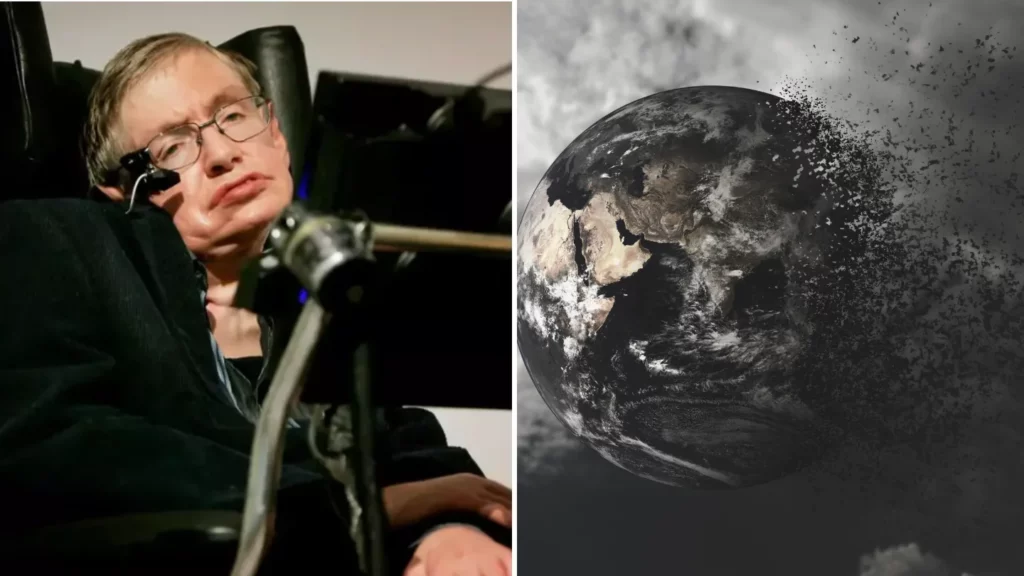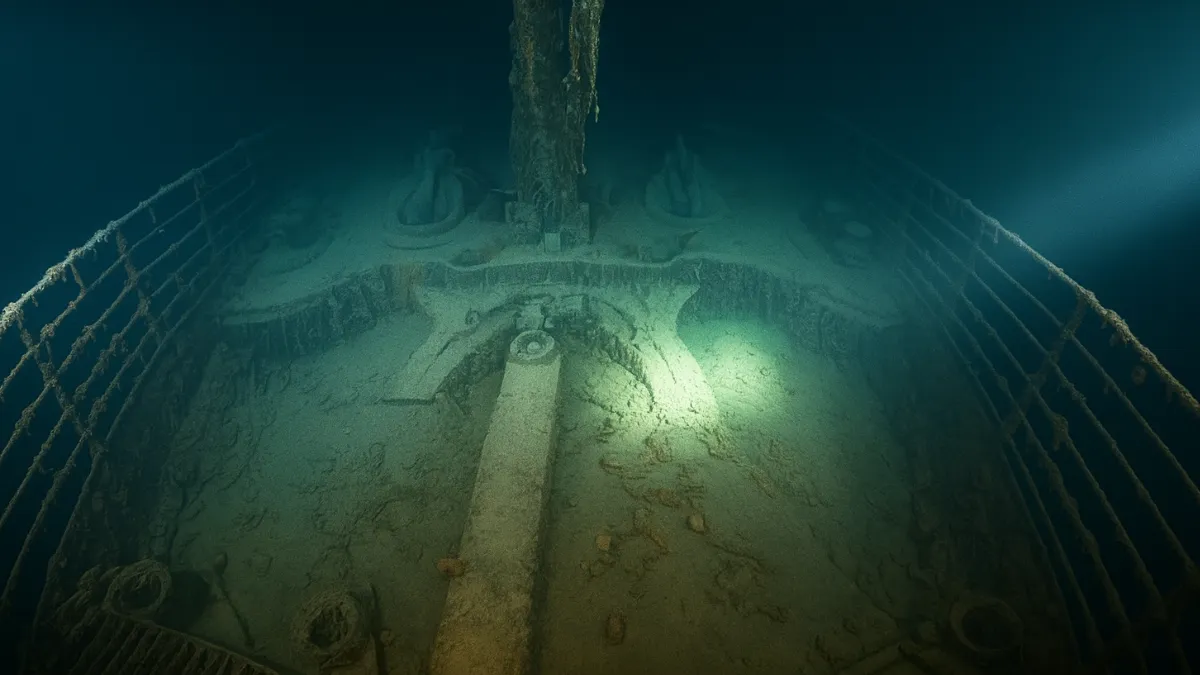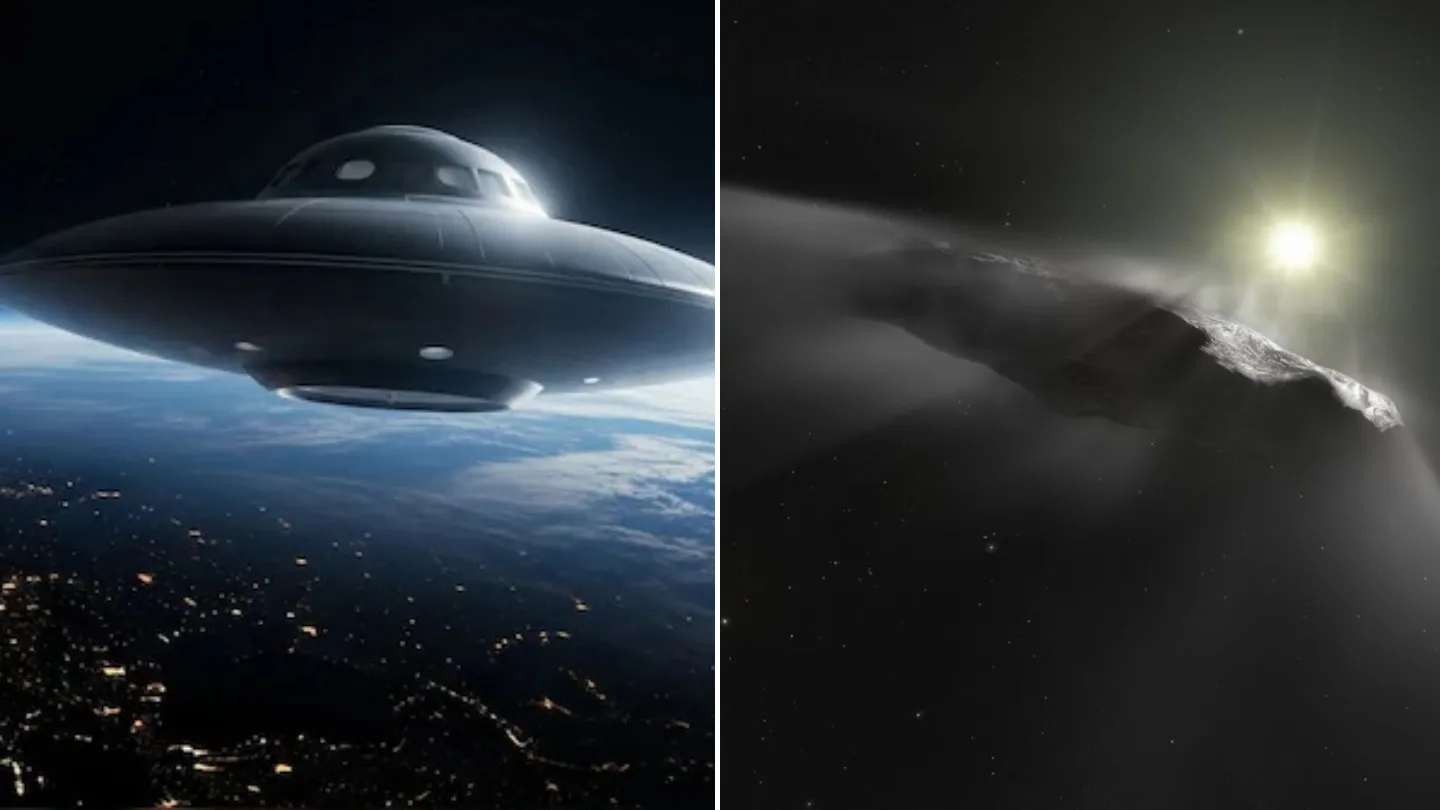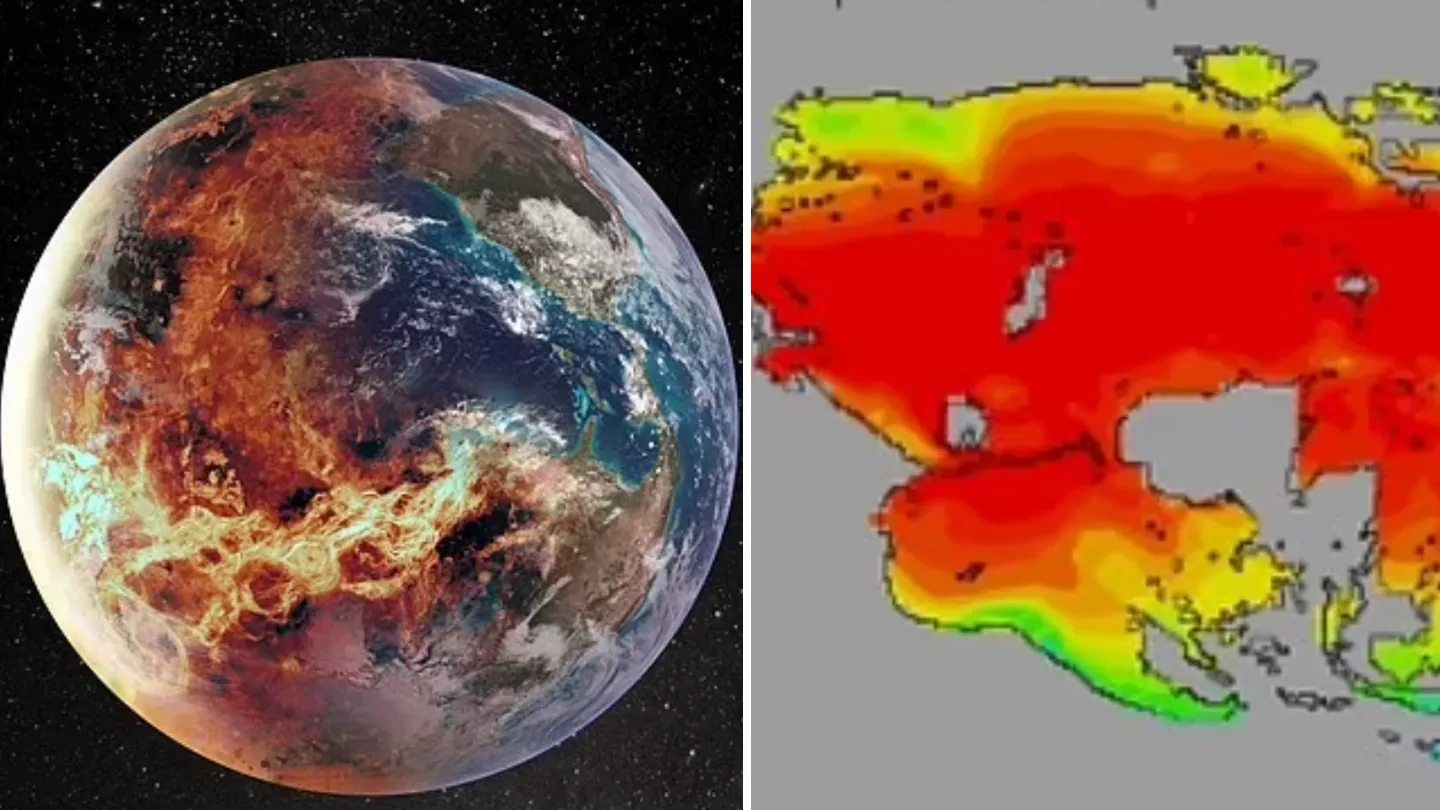In the realm of scientific predictions and warnings, few have gripped the public’s imagination like Stephen Hawking’s stark vision for Earth’s future.
Known for his groundbreaking work in cosmology, the late physicist cautioned that humanity may be racing toward an endpoint on this planet faster than we’d like to think.
Even now, years after his passing, Hawking’s words echo as a reminder that our time may be limited if we stay on our current course.
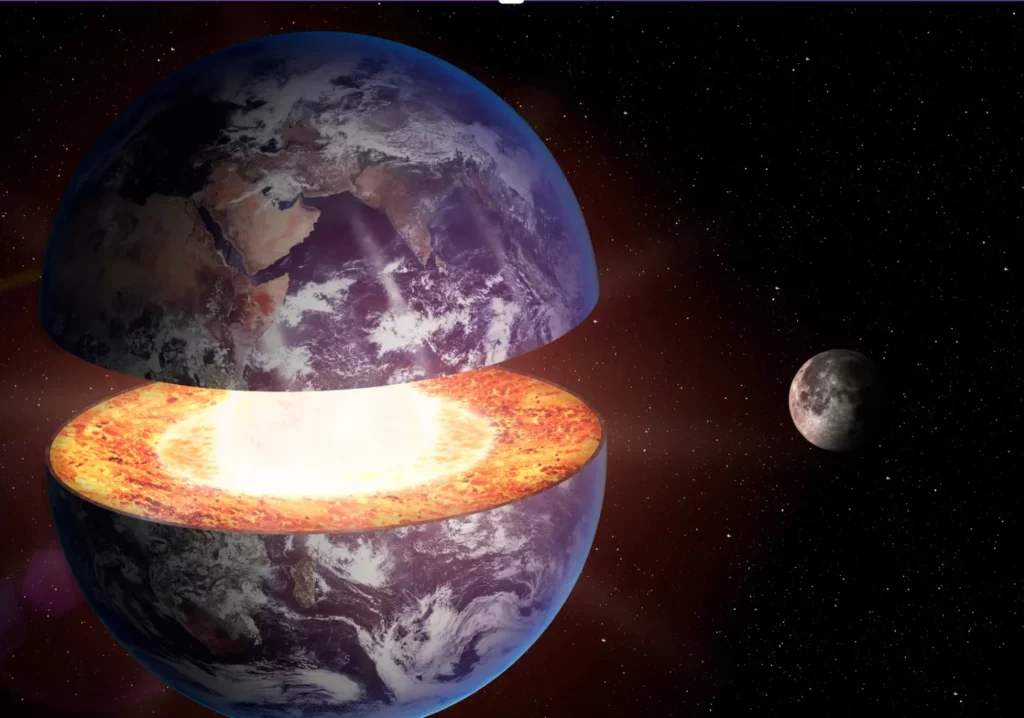
Hawking, the celebrated author of “The Theory of Everything”, voiced deep concerns about the sustainability of human life on Earth.
In his later years, he shared a dark forecast of our planet’s future, tied to unrestrained population growth and surging energy needs.
Speaking at the Tencent WE Summit in 2017, he warned, “This exponential growth cannot continue into the next millennium.”
Hawking projected that by the year 2600, Earth’s population would become so dense that people would stand “shoulder to shoulder.”
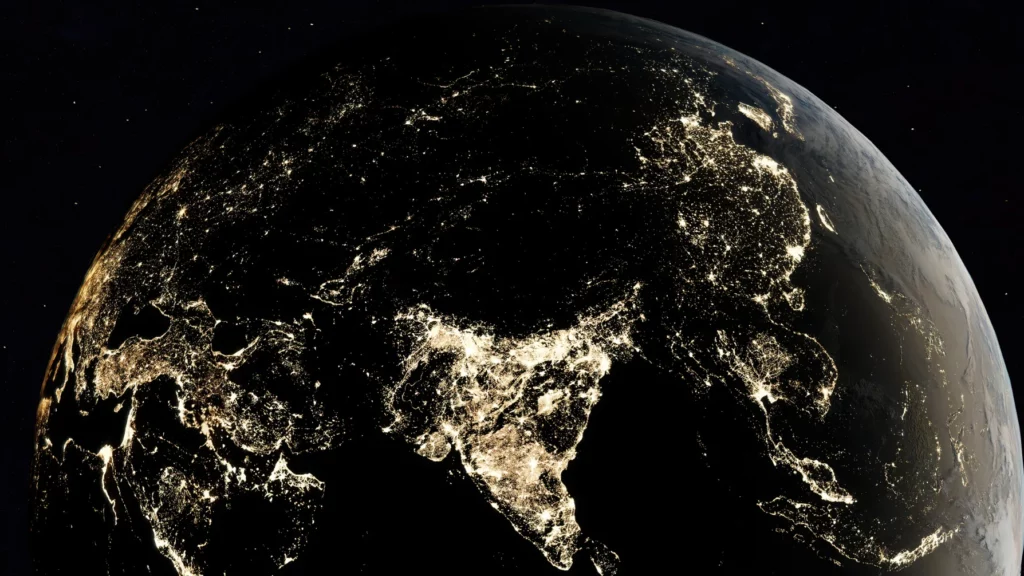
And with skyrocketing electricity consumption, the Earth could become unbearably hot, transforming into a “giant ball of fire.”
Recent conversations about Hawking’s forecast have reignited after claims surfaced that NASA had confirmed his prediction.
One news report hinted that the agency agreed with the late scientist’s assertions, but NASA soon clarified its position, stating, “NASA has not made this claim.”
However, the agency acknowledged the global threats Hawking outlined, adding, “For more than 50 years, NASA has studied our home planet, providing information to directly benefit humanity and producing observations that can only be gathered in space that address some of the areas that Hawking mentioned.”

While NASA has not specified an end date, it emphasizes the urgent need for climate action.
The organization has launched various programs to monitor Earth’s health, from tracking climate change to identifying asteroid threats, aiming to mitigate risks to the planet.
Hawking’s vision of Earth’s demise goes beyond environmental disaster alone.
He also highlighted other existential dangers, including nuclear war, artificial intelligence, and pandemics—two of which have already left significant marks on society.

In 2016, he told the BBC, “Although the chance of a disaster to planet Earth in a given year may be quite low, it adds up over time and becomes a near certainty in the next thousand or 10,000 years.”
This reinforced his view that human-driven catastrophes are ticking closer with each passing year.
Hawking believed the key to survival might lie not just on Earth but beyond it. He envisioned self-sustaining colonies in space, which could one day act as a critical backup for humanity.
Though his timeline for establishing these colonies stretched far into the future, he was resolute about their importance, seeing them as essential for humanity’s long-term survival.
Without this backup, he feared, humanity might face insurmountable challenges to continue in the face of natural and self-inflicted disasters.

For now, as Hawking’s projections align with current environmental and technological trends, the sobering reality he foresaw feels closer than ever.
While he urged immediate action against climate change, Hawking’s warnings serve as a powerful reminder that humanity’s future on Earth may be hanging by a thread.
Featured Image Credit: (CanvaPro)

